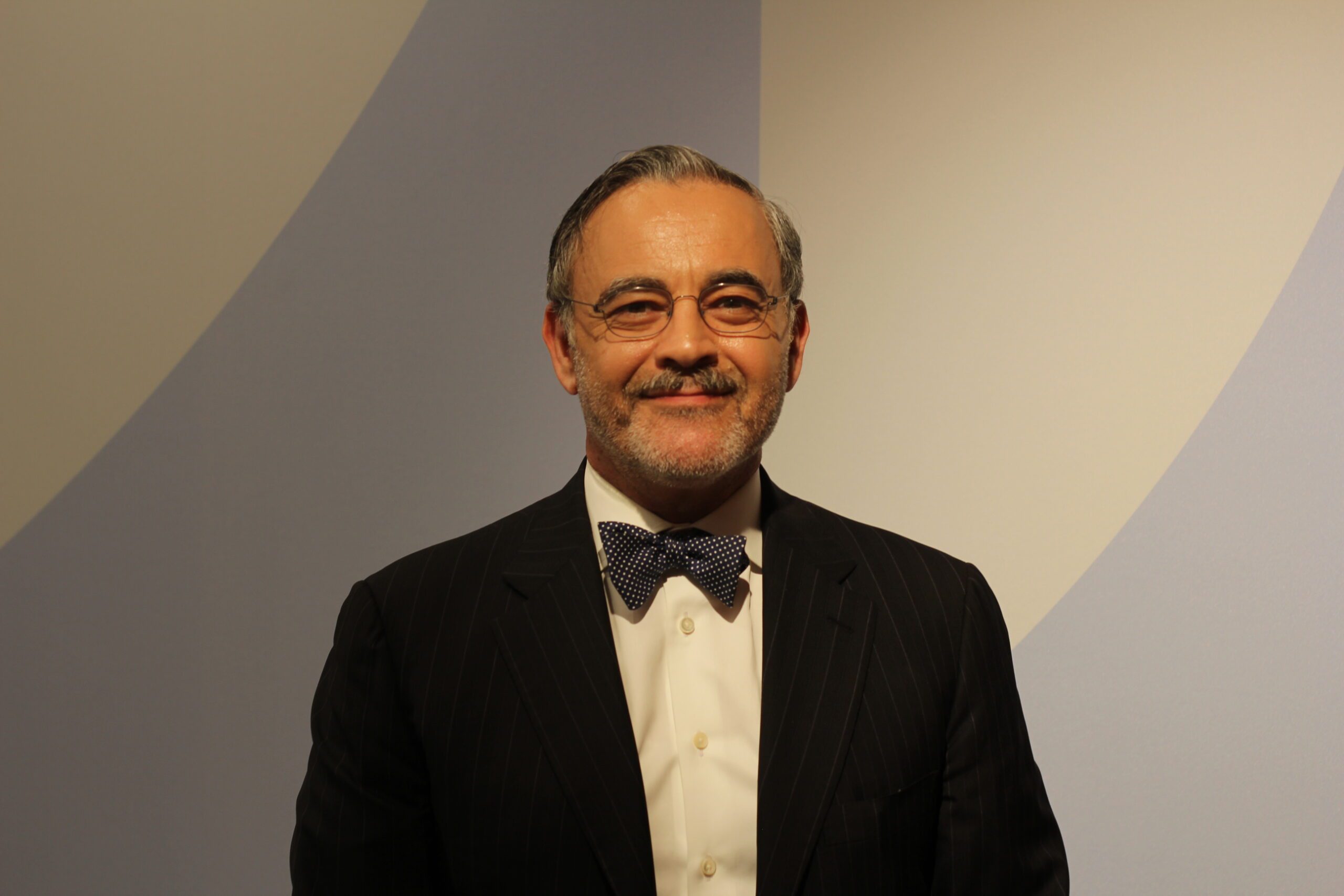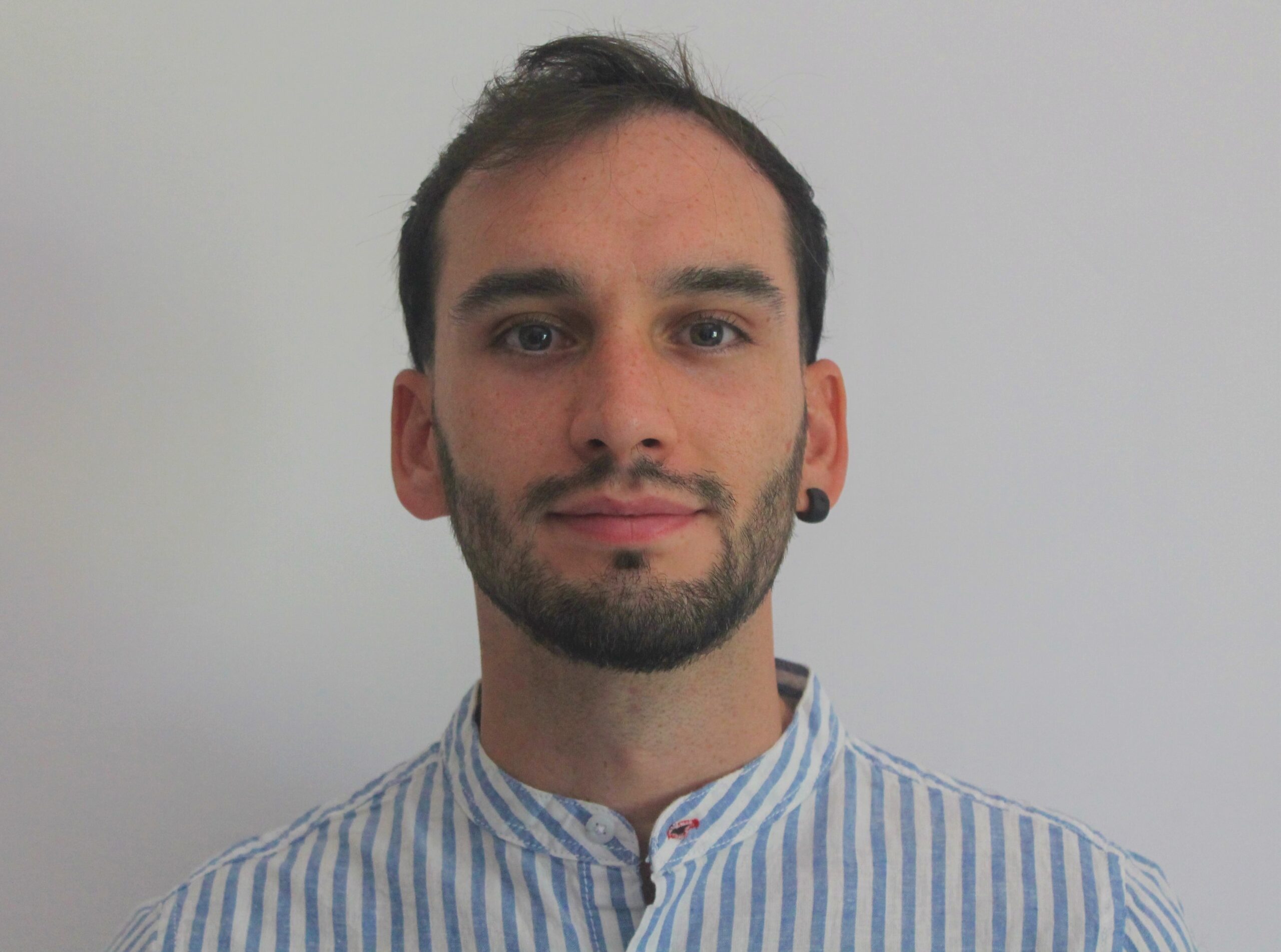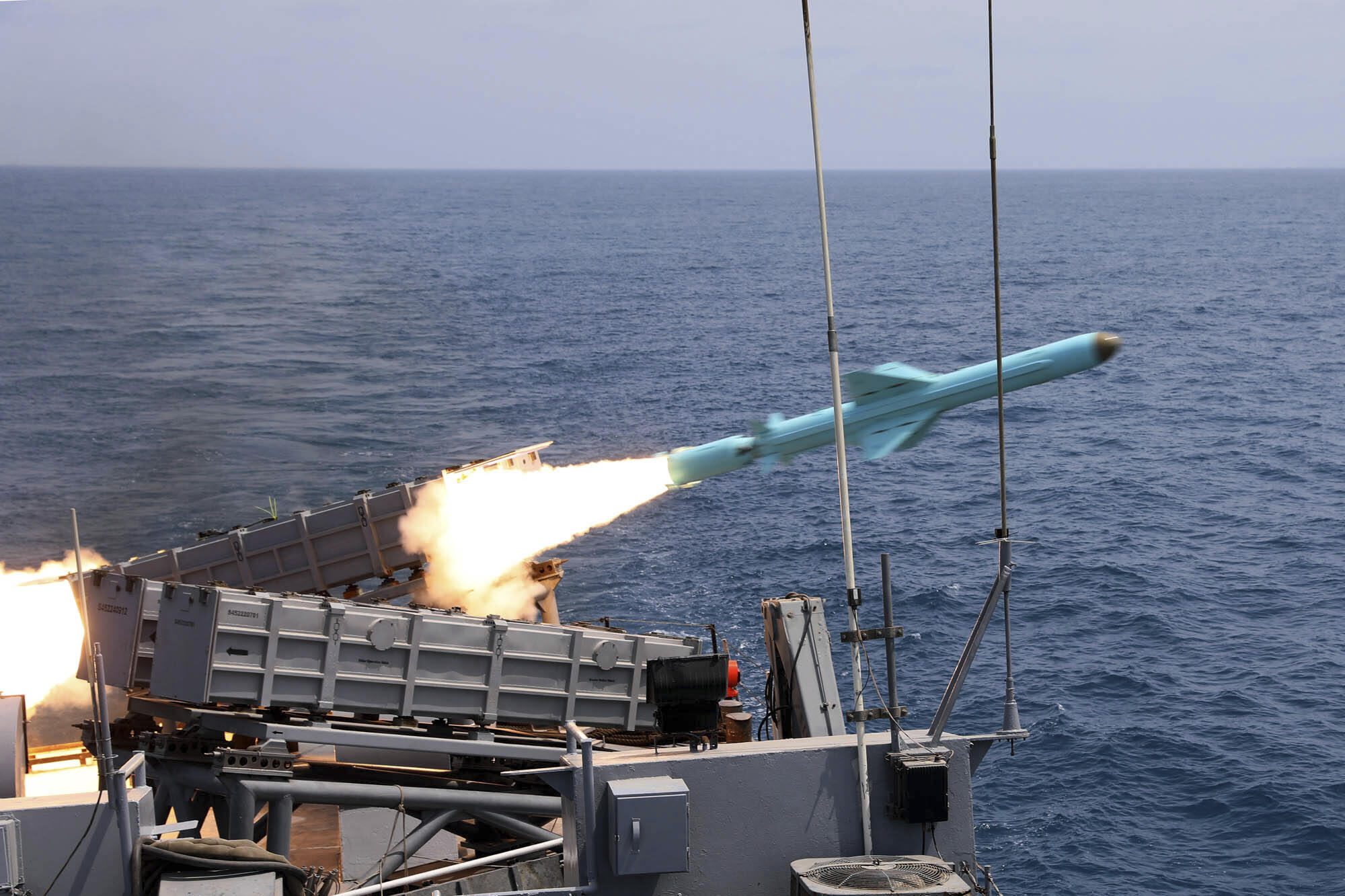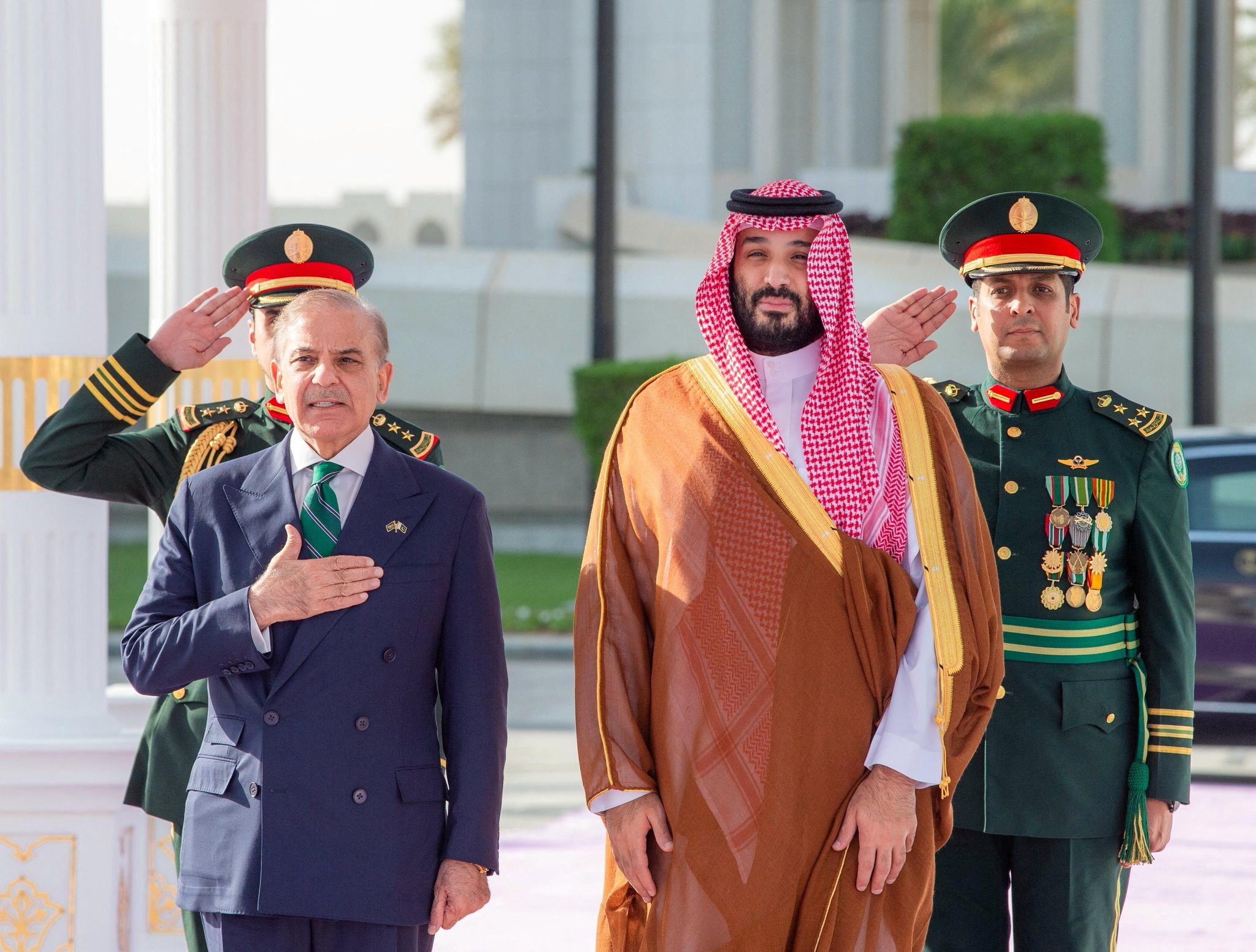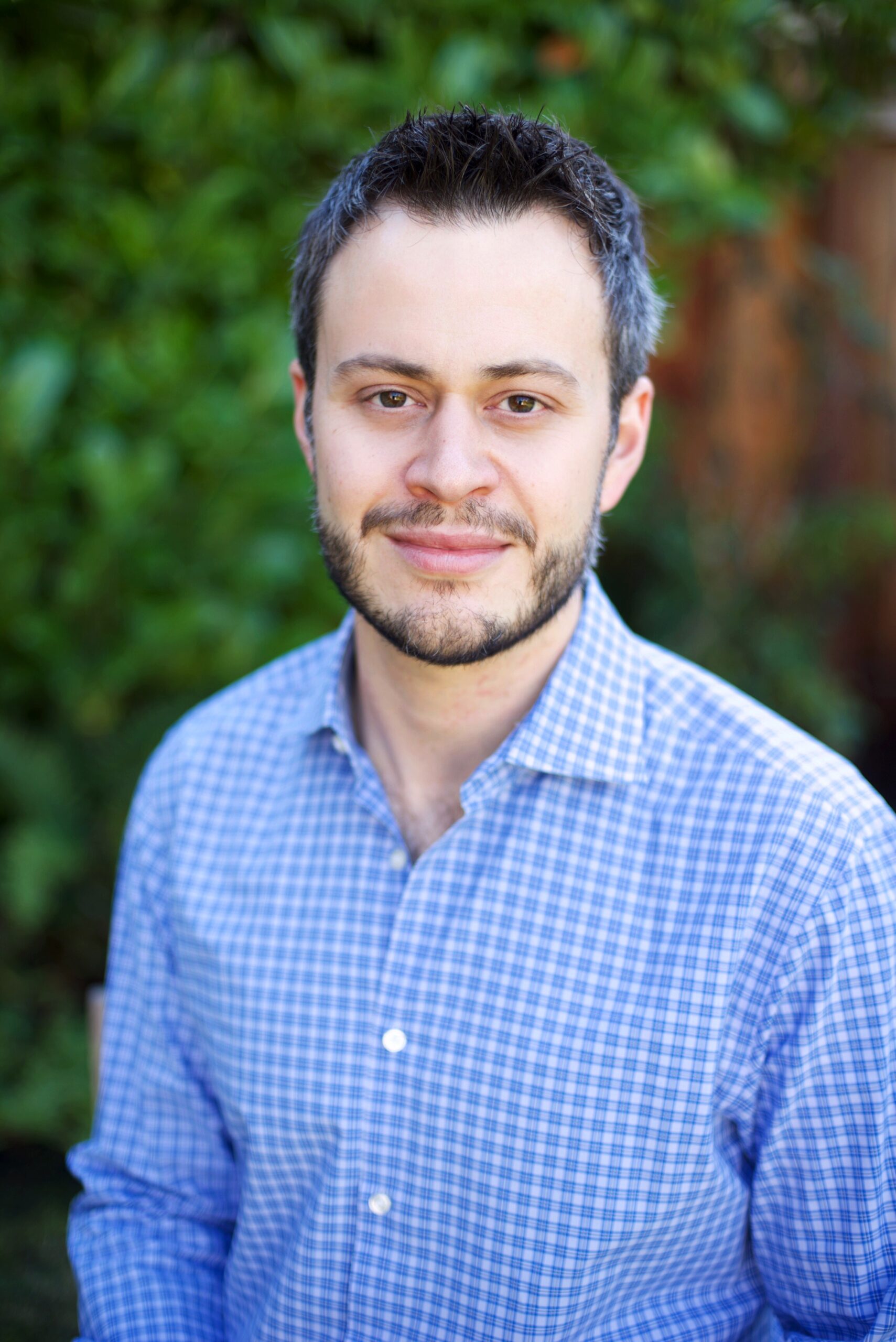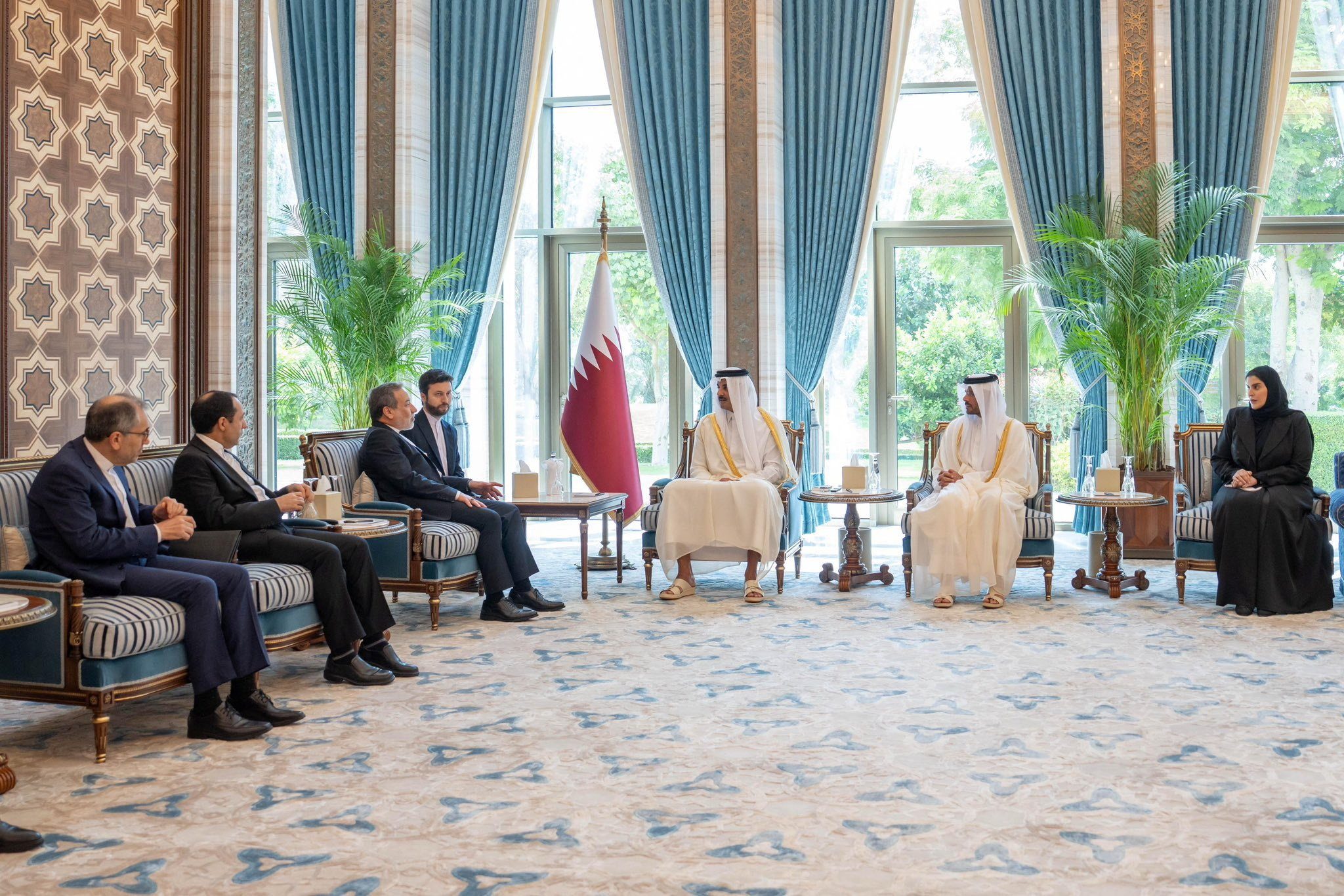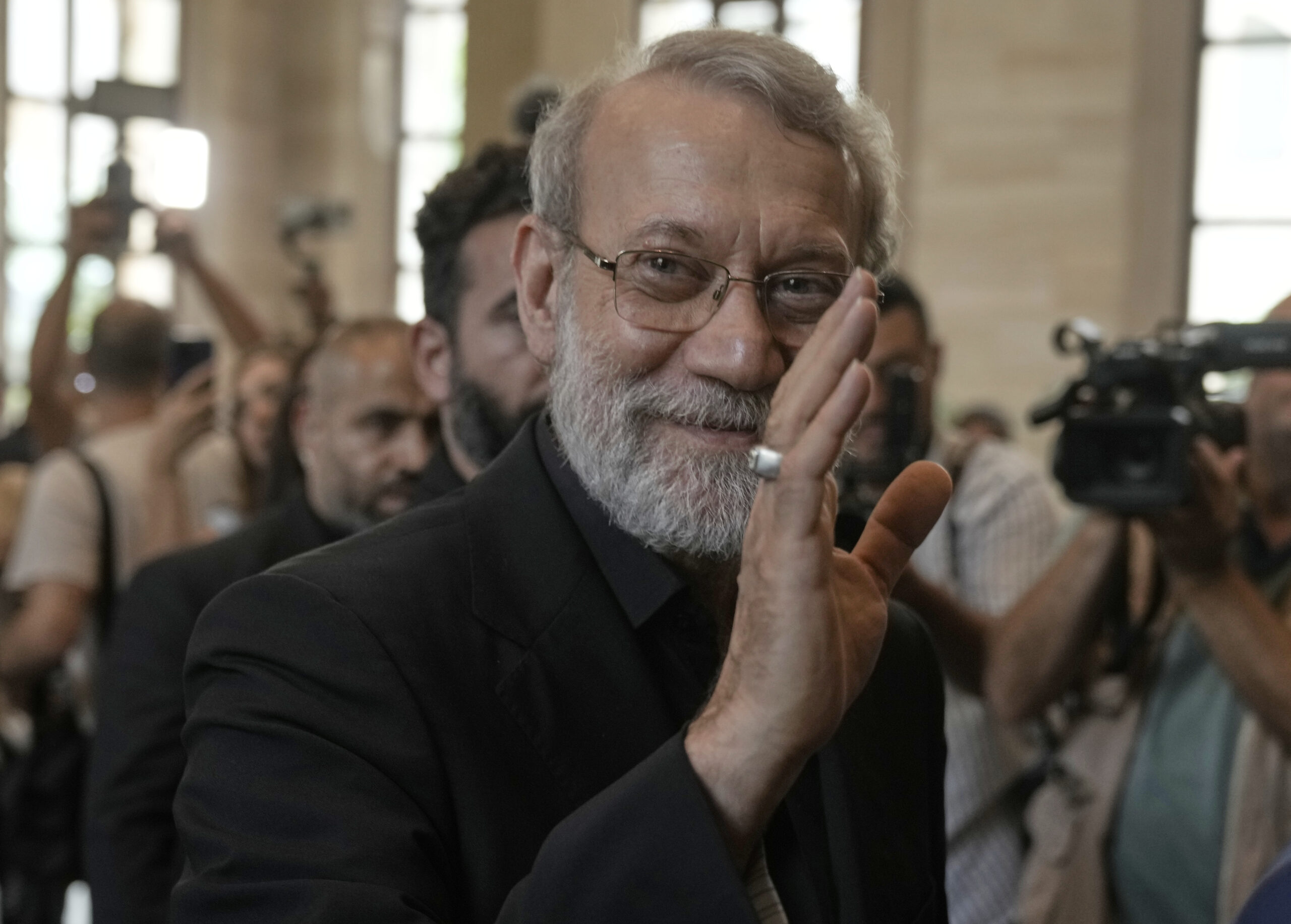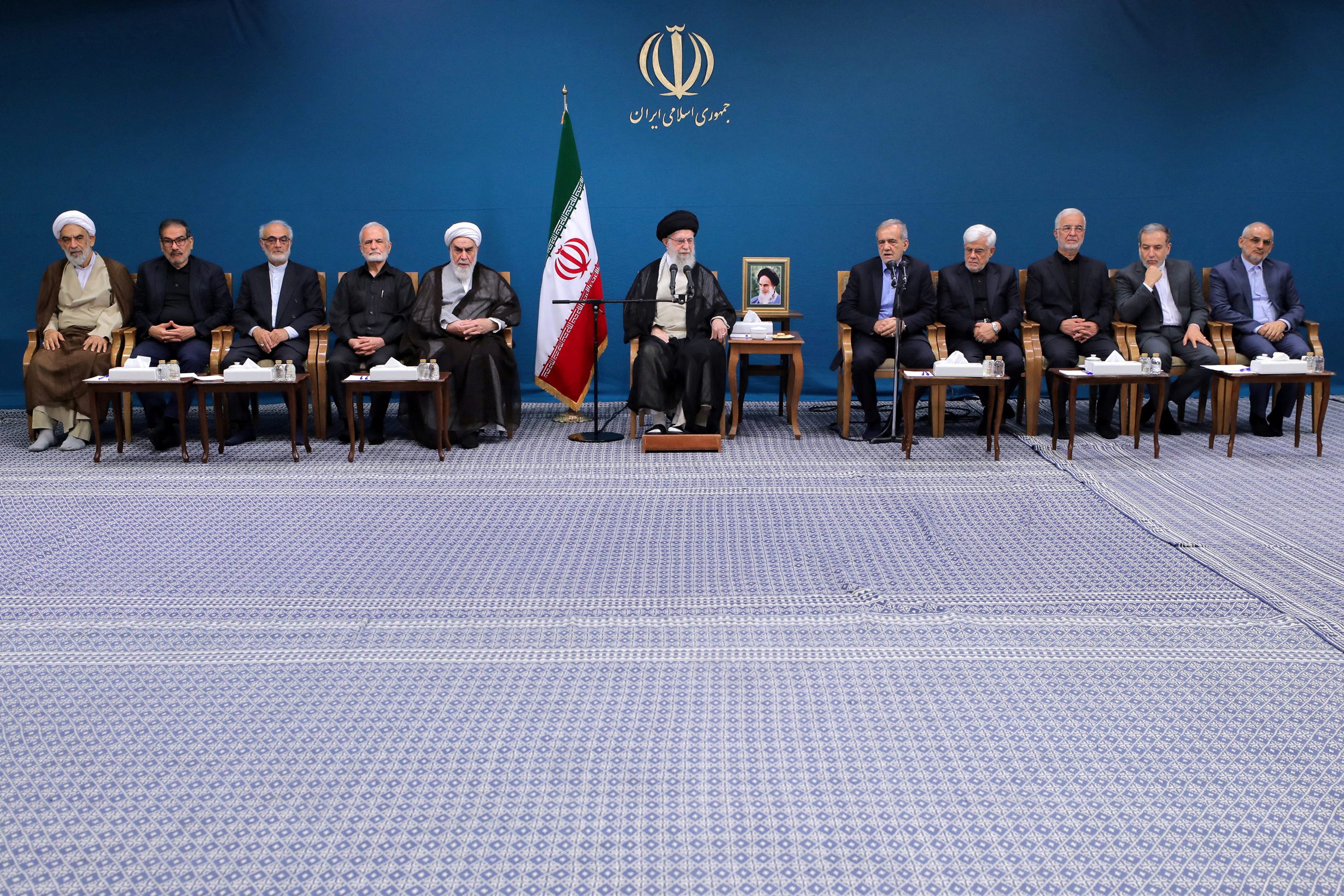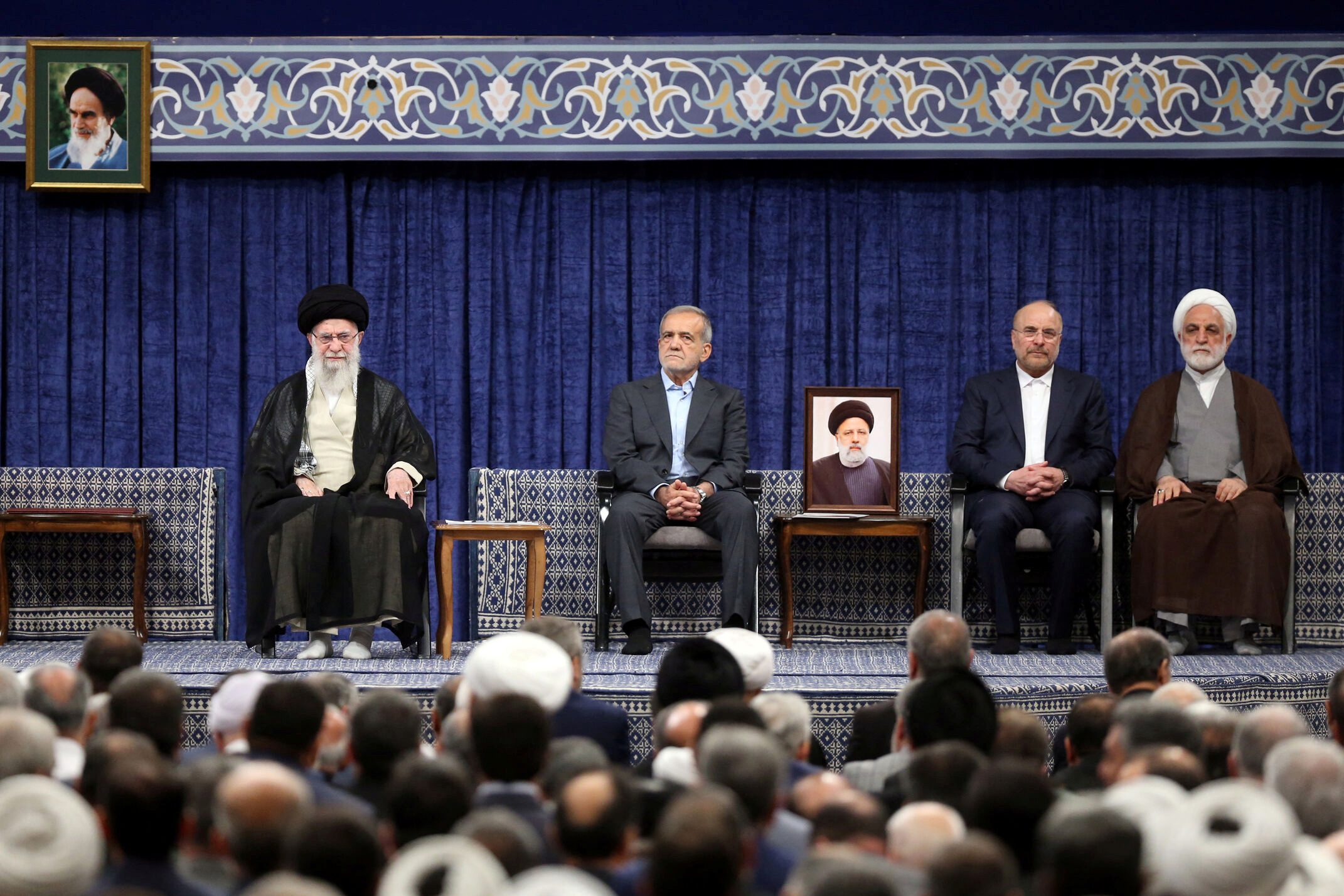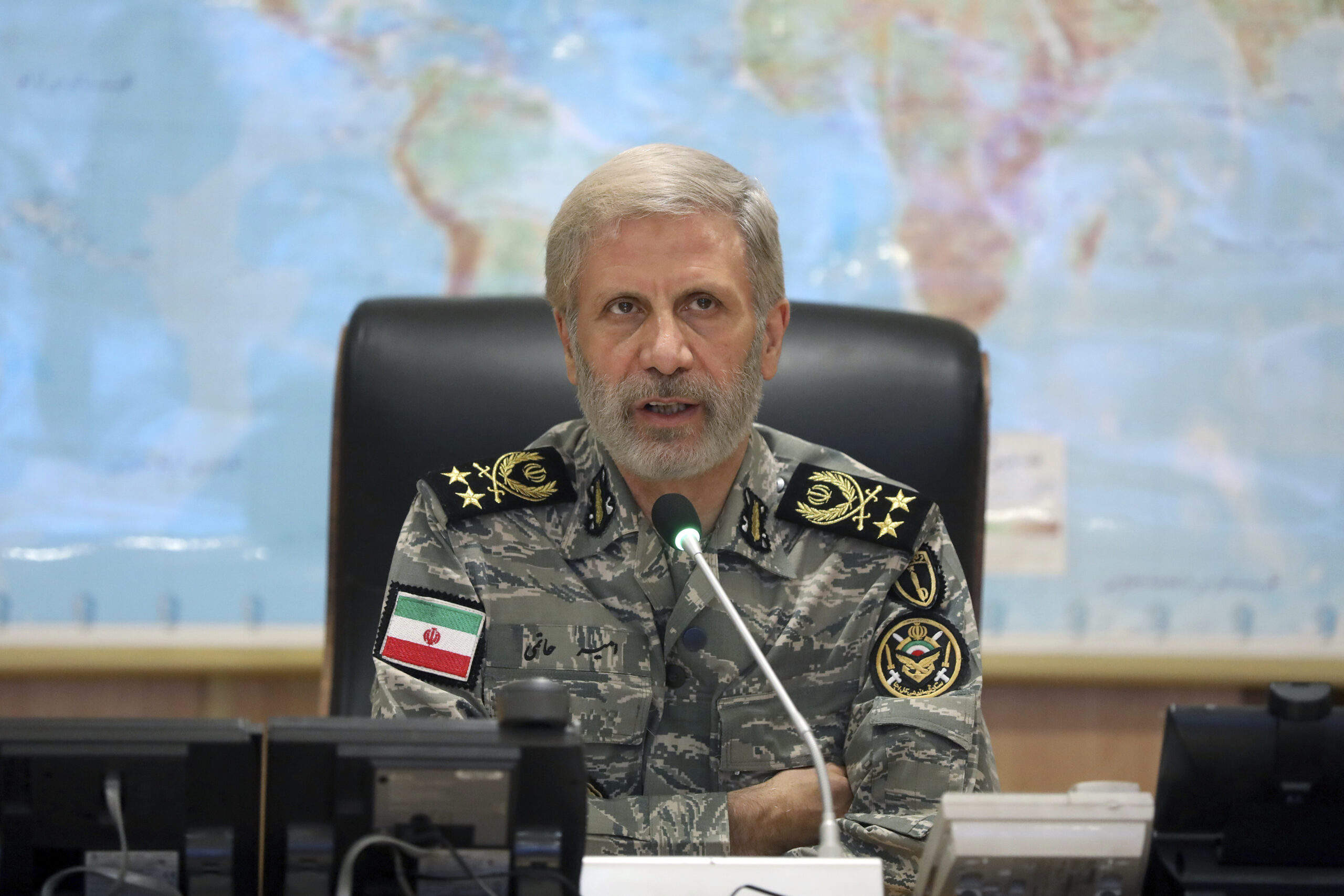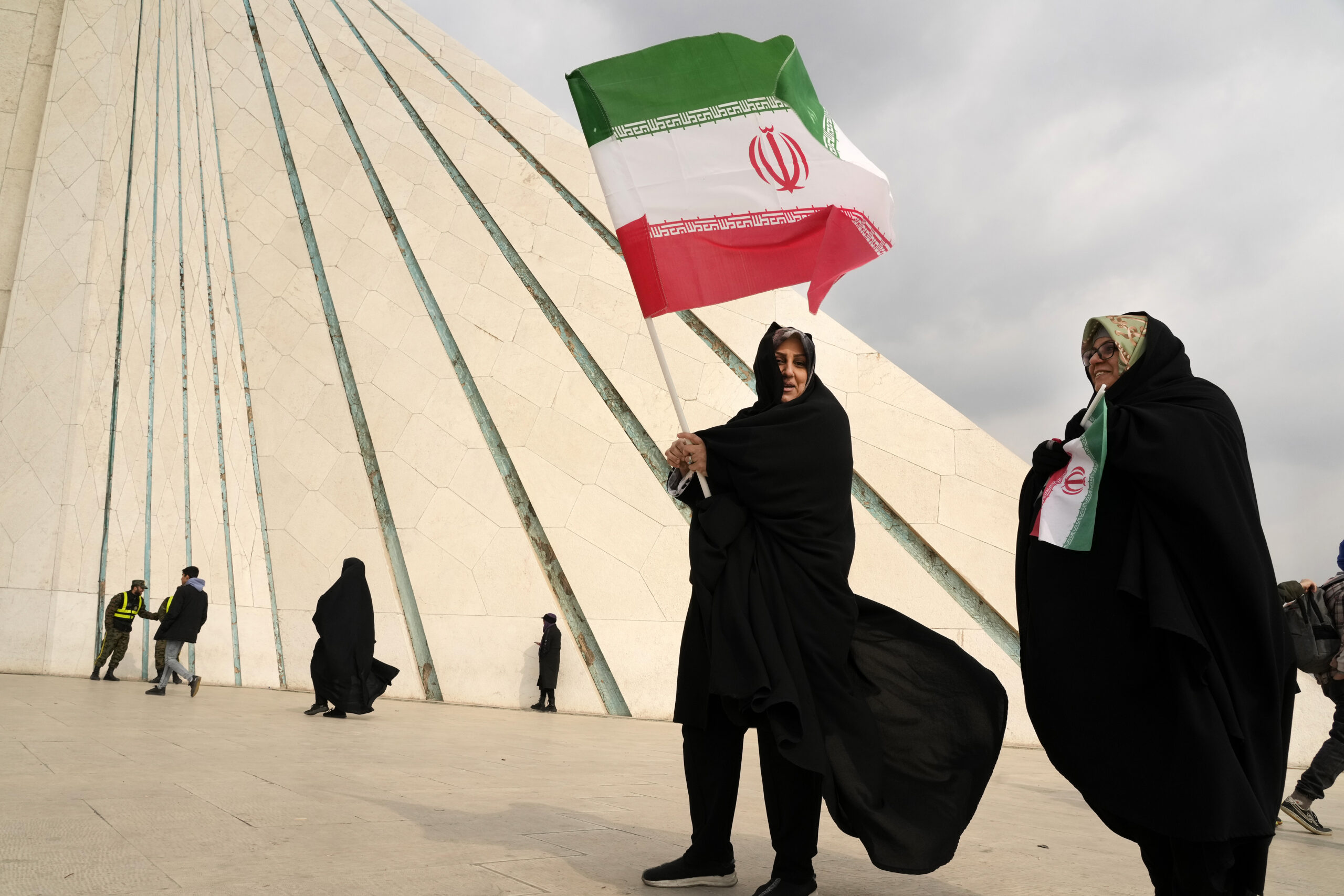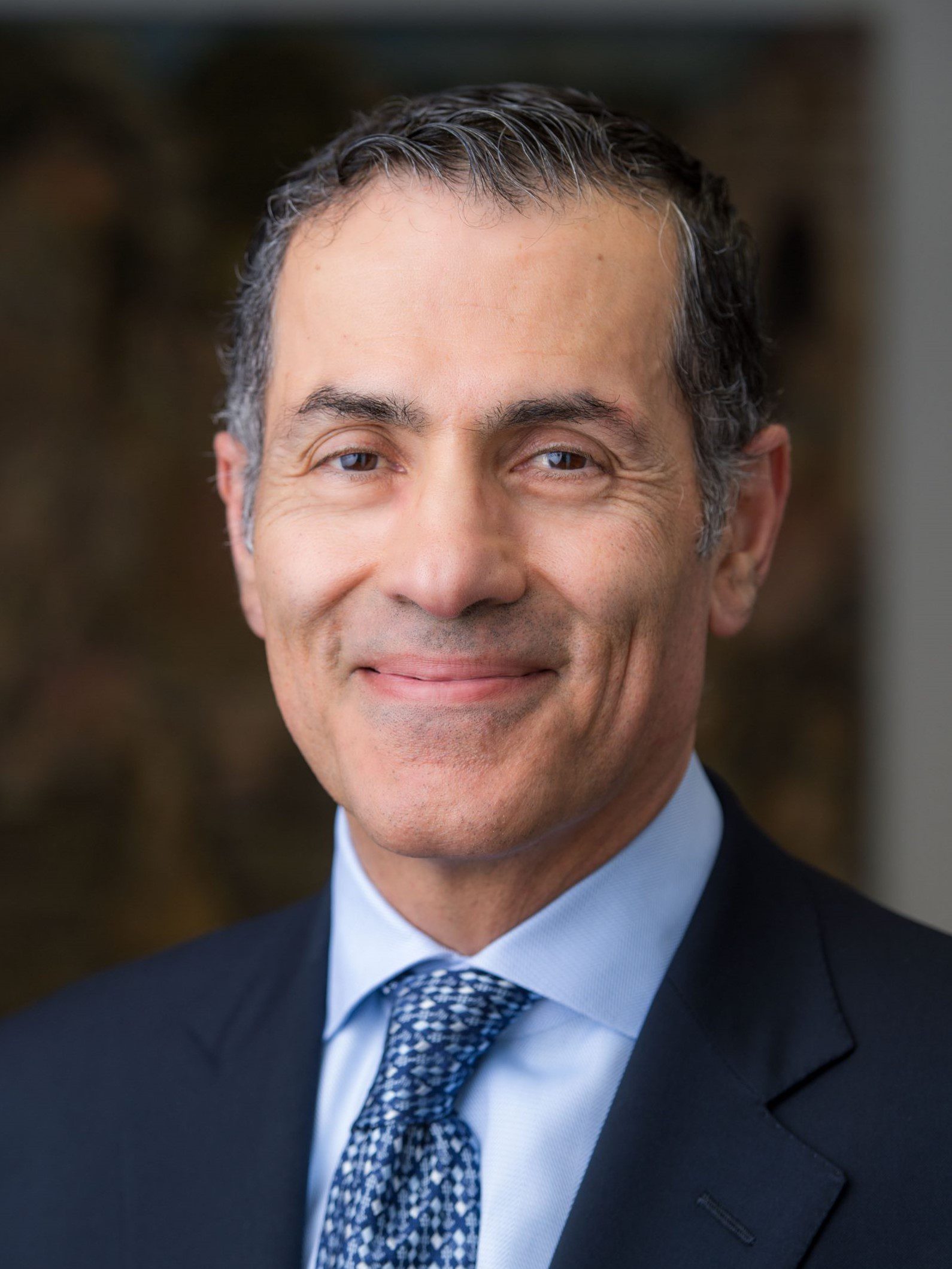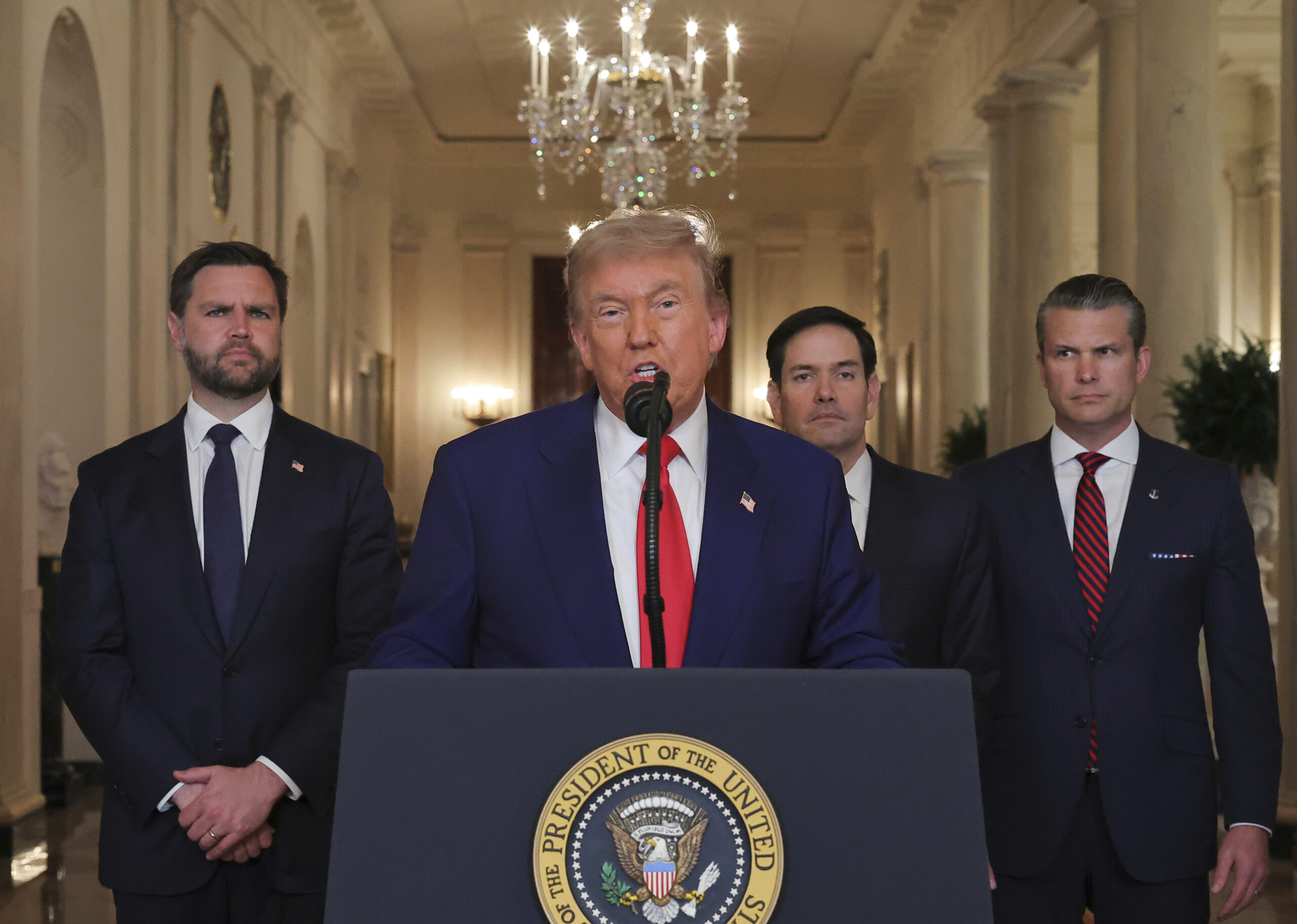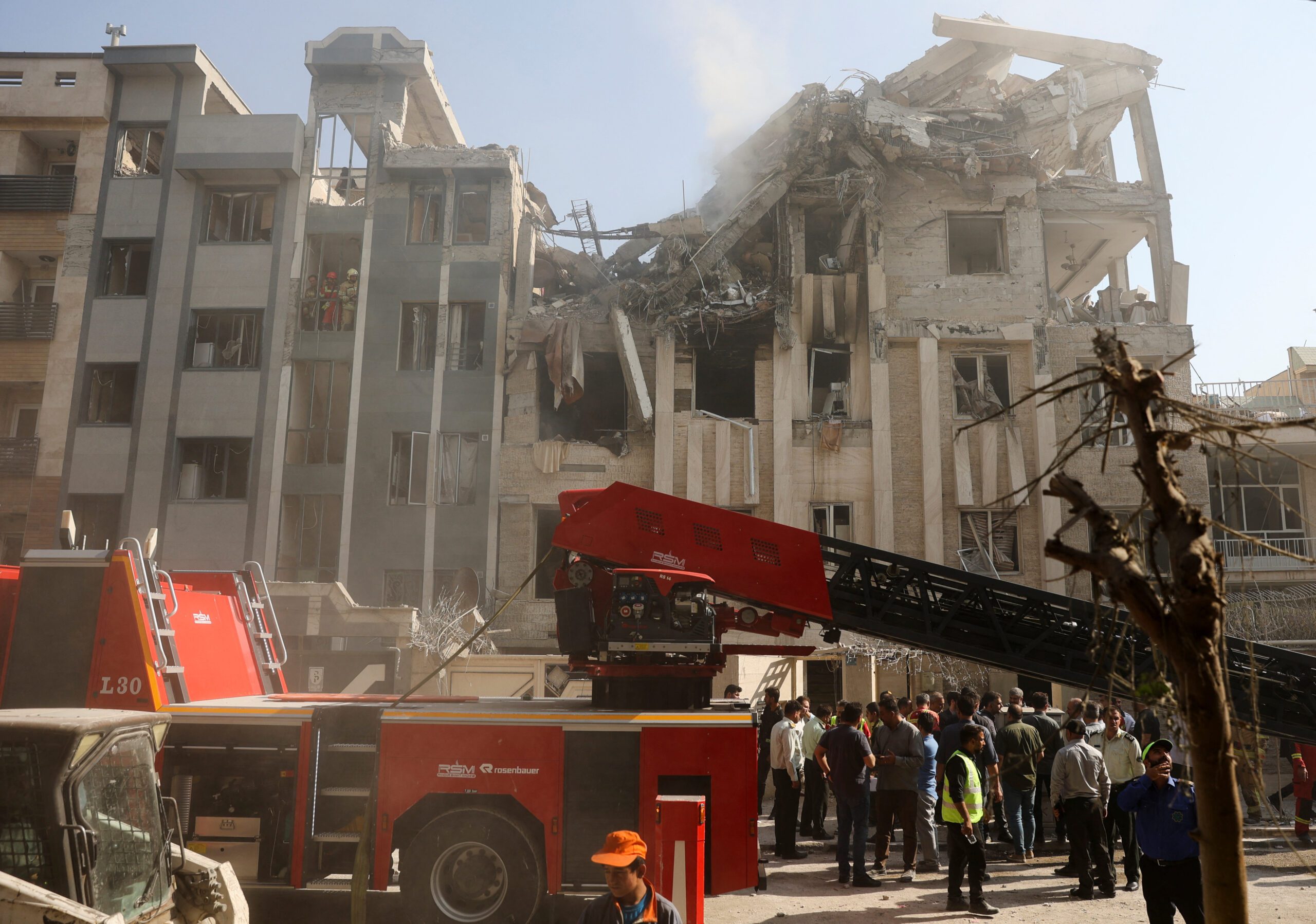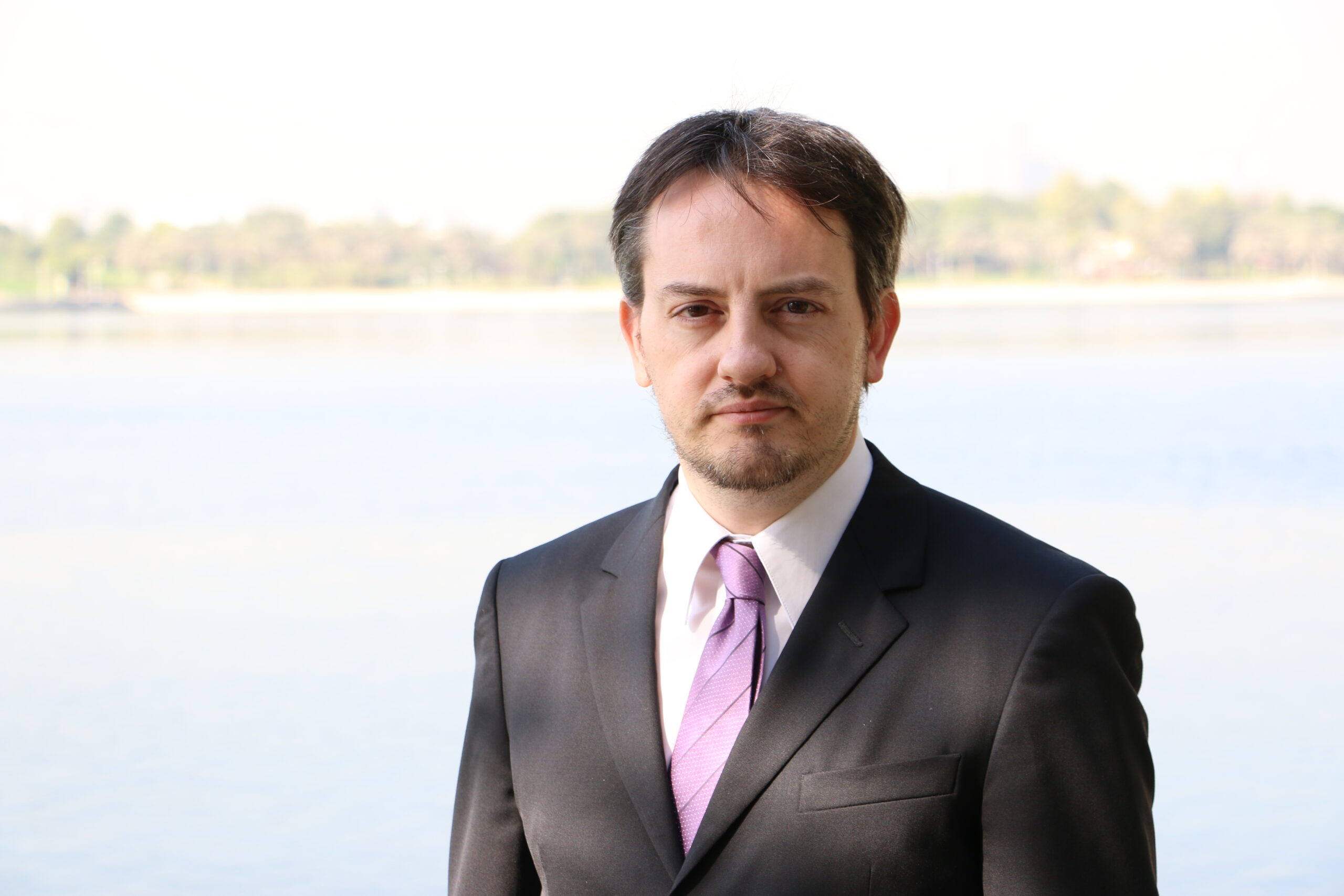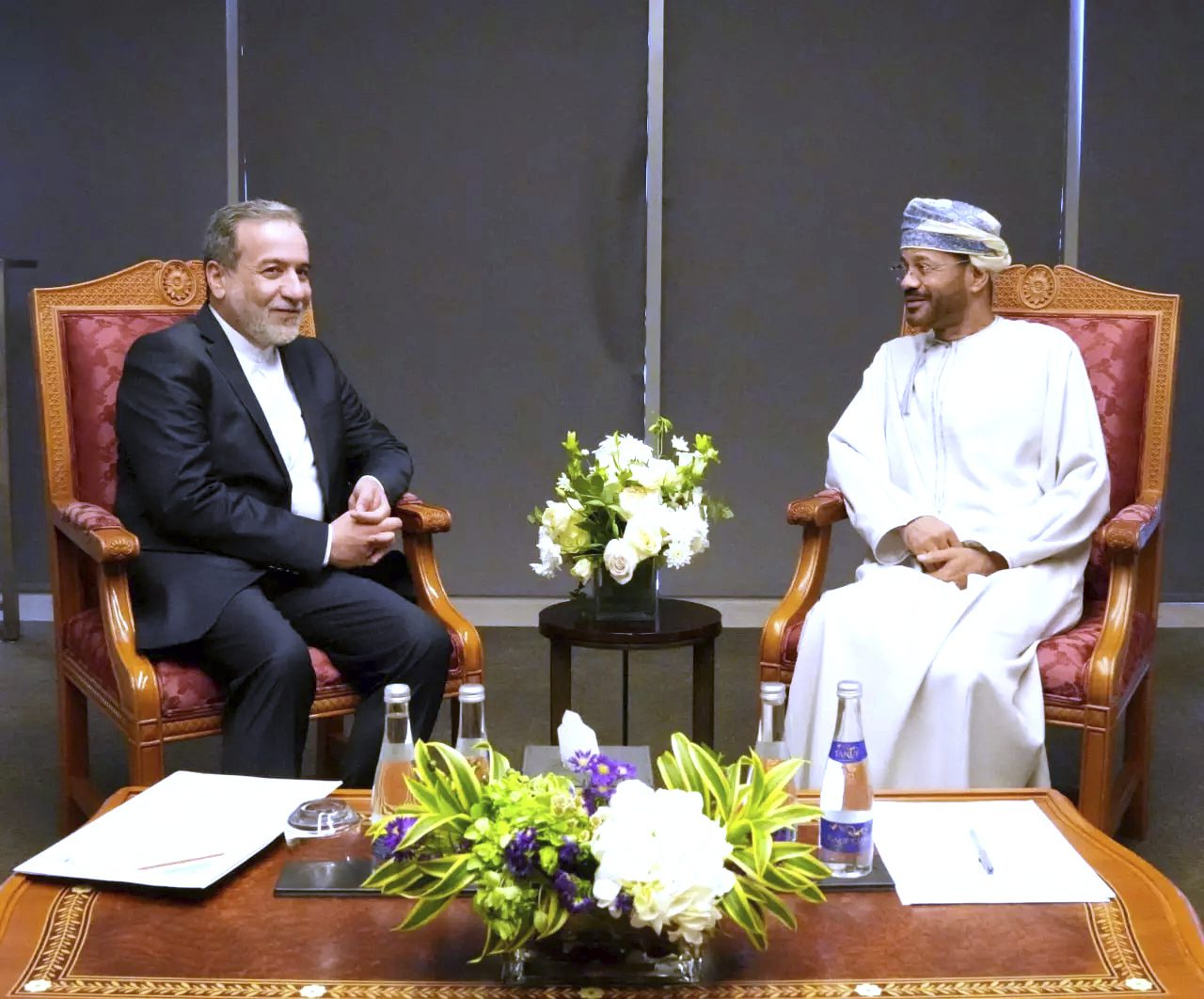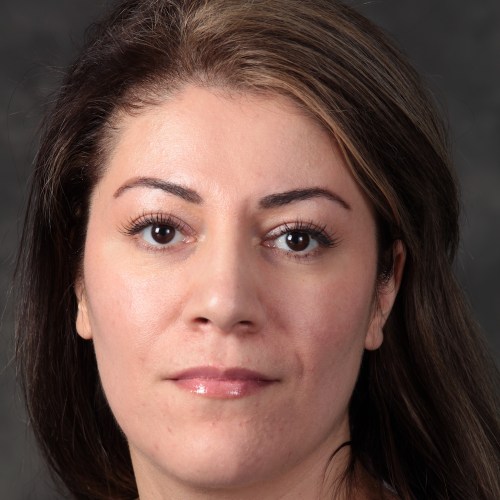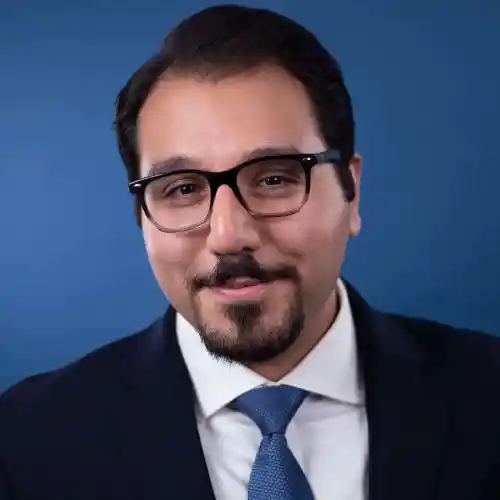Four Decades in the Making: Shia Afghan Fatemiyoun Division of the Revolutionary Guards
This piece is part of a series about Iranian-backed Shia foreign fighters and their potential impact on regional security dynamics. As Washington is preparing the ground for direct talks with the Taliban to end the 17-year war in Afghanistan and perhaps reduce the U.S. military presence there, it must brace itself for the potential risk...
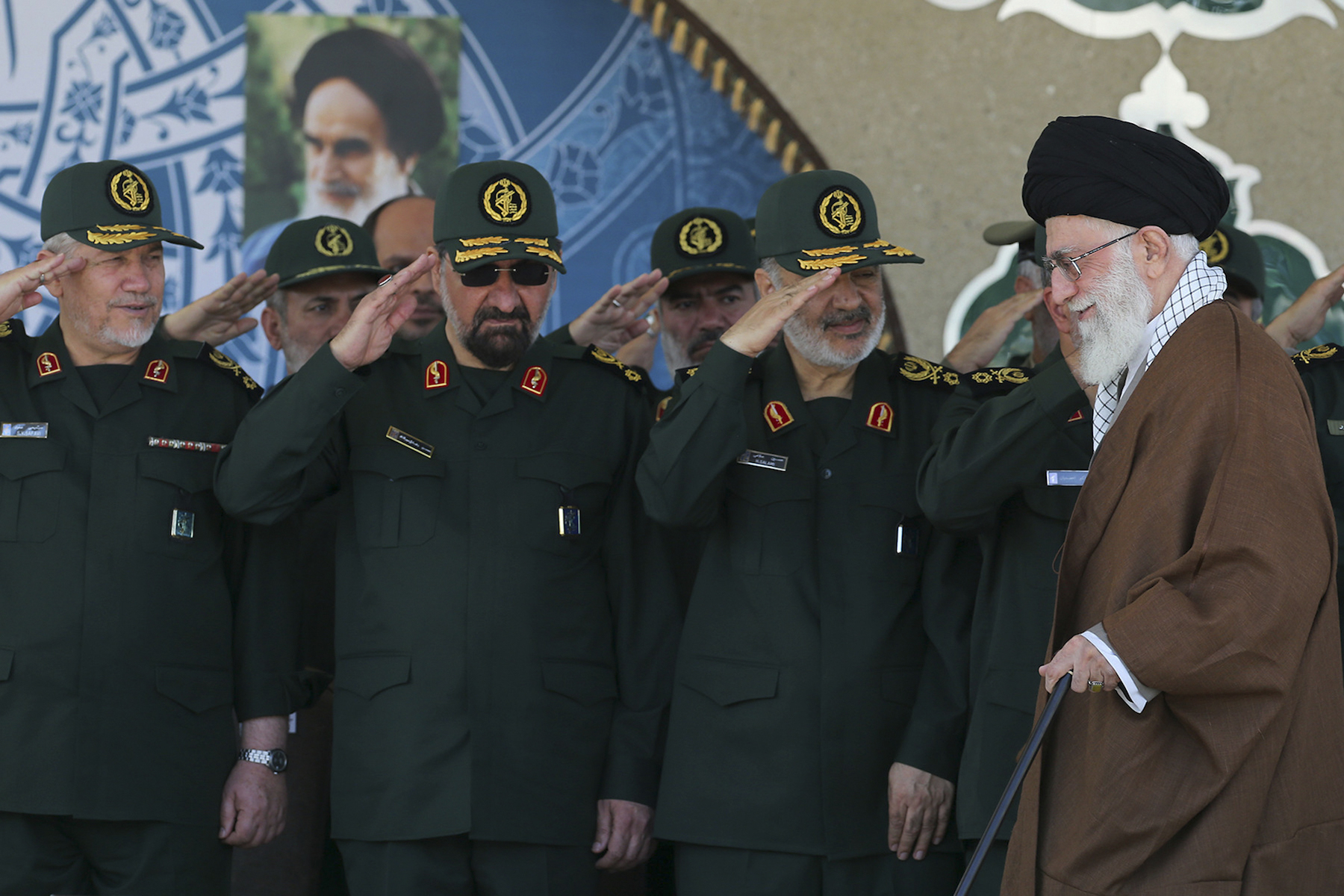
This piece is part of a series about Iranian-backed Shia foreign fighters and their potential impact on regional security dynamics.
As Washington is preparing the ground for direct talks with the Taliban to end the 17-year war in Afghanistan and perhaps reduce the U.S. military presence there, it must brace itself for the potential risk of regional powers increasing their presence to fill the power vacuum. One of those regional powers, Iran, has provided support to Shia and Sunni Afghan militants for four decades, which offers some insights into Tehran’s long-range strategy.
Particularly revealing is the Fatemiyoun Division of the Islamic Revolutionary Guard Corps, which has suffered approximately 897 combat fatalities in Syria since August 2013. In total numbers, only Lebanese Hezbollah, with its approximately 1,232 combat fatalities, has sustained bigger losses than the Shia Afghans in Syria.
Shia Foreign Fighters Killed in Combat in Syria January 2012 – July 2018
Relations between the Islamic Republic and the Shia Afghans, however, predate the war in Syria and can be traced back to the 1979 Iranian Revolution. Military coups, the Soviet invasion and occupation of Afghanistan, and the Afghan resistance to Soviet occupation provided the revolutionary regime in Tehran with opportunities to exploit the political awakening in Afghanistan and “export” its branch of Islamism eastward.
The “export of the revolution” was conducted by the Office of the Liberation Movements, later renamed the Quds Force of the IRGC, which sent IRGC commanders such as Mohammad-Reza Hakim-Javadi, Abd al-Reza Rahmani, and the late Ali Tajalaei to Afghanistan to recruit and provide military training to Shia Hazara, and to a lesser extent Sunni but Persian speaking Tajiks, in an attempt to expand Iran’s sphere of influence in Afghanistan.
Following the Iraqi invasion of Iran in 1980, the Islamic Republic’s attention shifted westward, and the IRGC began recruiting front volunteers among Afghan immigrants and refugees in Iran. These Afghans were organized into the Abouzar Brigade, which was led by the same group of IRGC officers who recruited Afghans in 1979.
Organizationally, the Abouzar Brigade reported to Base Ramezan in northwestern Iran, which conducted operations behind enemy lines, and so did other non-Iranian nationals, including the Badr Corps, composed of Shia Iraqi prisoners of war and various Kurdish Iraqi groups aligned with Iran. The total number of Afghan front volunteers is not known, but with only 3,000 fatalities during the Iran-Iraq War, the Abouzar Brigade could not have tipped the force balance. With their poor predeployment military training, they probably had very limited military significance for the war effort. In comparison, 210,000 Iranian nationals were killed in the eight-year war with Iraq. However, incorporation of Shia Afghans into Base Ramezan, alongside Arab and Kurdish Iraqis, helped the regime foster organic relations between various non-Iranian Shia militants and planted the seeds of a transnational Shia expeditionary force.
After the end of the war in 1988, the Abouzar Brigade was officially disbanded to the dismay of some of its veterans, who once again found themselves looking for jobs in the construction sector and other poorly paid positions in the Iranian job market. Unofficially, many of the Afghan veterans of the war with Iraq were deployed to Afghanistan to assist the United Islamic Front for the Salvation of Afghanistan, also known as the Afghan Northern Alliance. According to one account, which cannot be independently verified, half of the Afghan Abouzar Brigade members who survived the war with Iraq fought alongside the Northern Alliance and were killed in the fight against the Taliban in the 1990s.
The IRGC indeed used considerable effort to undermine the Taliban, and at the helm of this effort was Qassim Suleimani, then the head of the IRGC in Kerman province in southeastern Iran, who currently serves as the chief commander of the Quds Force. The exact date of Suleimani’s appointment as head of the Quds Force is not known, but based on statements from Major General Yahya Rahim Safavi, former IRGC chief commander who picked Suleimani to serve as the chief commander of the Quds Force, it must have been between September 10, 1997 and March 21, 1998. This was a time when the Quds Force was disentangling itself from the civil war in former Yugoslavia and reorienting itself toward Central Asia. Tehran increasingly perceived the Taliban as the greatest threat to Iran’s security and prepared for war against it in the wake of the Taliban’s seizure of the Afghan city of Mazar-i-Sharif. As the Taliban forces conquered the city, they attacked the Iranian consulate and executed Iranian diplomats. Therefore, Suleimani’s promotion to Quds Force chief commander could have been motivated by his past record of military engagement in Afghanistan and intimate knowledge of the Taliban.
In the end, however, it was not the IRGC and its Afghan allies but the U.S.-led invasion that brought down the Taliban rule over Afghanistan. Most Afghan allies of the Islamic Republic entered the political process, but some later surfaced as militants in a new incarnation: the Fatemiyoun Brigade, later turned into a division.
The early history of the Fatemiyoun Division is shrouded in mystery. Kayhan, unofficial mouthpiece of Iranian Supreme Leader Ayatollah Ali Khamenei, claims the Islamic Republic was not involved in establishing the division. Ali-Reza Tavassoli, also known as Abu Hamed, allegedly established the brigade along with “25 friends from Kabul” later expanded to “5,000 fighters” in order to “protect the Sayyida Zaynab Mosque in the suburbs of Damascus.” Tavassoli served as the chief commander of the Fatemiyoun until he was killed in battle against al-Nusra Front, in Deraa, Syria February 28, 2015. Kayhan further claims Tavassoli managed to mobilize about 5,000 Shia Afghan nationals who were already residents of Damascus.
Another source into the early history of the Fatemiyoun Division is “Moalem,” or the Teacher, a “documentary” glorifying the role of the Fatemiyoun Brigade, which repeats the same argument that devout Shia Afghans, by their own initiative, left Afghanistan and traveled to Syria to defend Shia sites of pilgrimage.
Claims made by Kayhan and the documentary are often repeated by Islamic Republic authorities, however there is an abundance of evidence that the IRGC, rather than one man, established the Fatemiyoun Brigade. Furthermore, Shia Afghan fighters were recruited as mercenaries from among Afghan immigrants in Iran, and open source coverage of funeral services of Shia Afghans killed in combat in Syria does not provide any evidence of direct recruitment in Afghanistan or among Afghans, who allegedly resided in Syria prior to the war.
Tavassoli himself migrated to Iran in 1984 and took part in the war with Iraq as a soldier in the Abouzar Brigade. After the end of the war with Iraq, he studied theology at Al-Mustafa International University in Qom, but by the mid-1990s, Tavassoli returned to Afghanistan and fought against the Taliban. He also took part in the 2006 war in Lebanon and served alongside Lebanese Hezbollah forces.
Reza Bakhshi, also known as Fateh, who served as Tavassoli’s second in command until he was killed in combat on February 18, 2015, was born in Mashhad, in northeastern Iran, and so were the mid-level officers in the Fatemiyoun Division identified among the fatalities: All were born in Iran and were sons of Afghan veterans or martyrs of the Abouzar Brigade in the 1980s. Even among the rank and file members of the Fatemiyoun Division killed in combat in Syria there is no evidence of any of them having been directly recruited in Afghanistan. Furthermore, there is no evidence of the recruitment of any alleged Shia Afghan permanent residents in Syria prior to the war.
Kayhan’s claims are also contradicted by hidden camera footage of an IRGC recruitment office in Mashhad in northeastern Iran, released by BBC Persian. The IRGC recruited illegal Afghan immigrants in Iran in return for a permanent residence permit in Iran and a few hundred dollars in monthly pay. This is further documented in interviews broadcasted by BBC Persian.
Due to the dearth of detailed information, it is very hard to assess the military performance of the Fatemiyoun Division, but based on the little information available in the Persian language open sources in Iran, it can hardly be impressive. Although no information is publicly available about the size of the Fatemiyoun Division, the Afghan militia’s presence is not likely to be as large as Hezbollah’s presence in Syria. A relatively high number of Shia Afghan combat fatalities may therefore indicate a high mortality rate. This is not surprising: Afghan fighters seem to be used as cannon fodder, and Afghan defectors, interviewed by the BBC, disclosed they only received four weeks of basic military training prior to their deployment to Syria.
The data also shows at least 18 Quds Force members seconded to the Fatemiyoun Division were killed in combat in Syria. This is partially apparent in the time of death of fighters from individual Shia militias: Whenever there is a report of Shia Afghan fatalities, Iranian IRGC officers are killed in combat in Syria, which indicates the Afghan Shia are subjected to IRGC command and do not fight in a purely Shia Afghan unit. The IRGC’s attempt to exercise more direct control over the group may indicate the IRGC’s dissatisfaction with the division’s poor military performance and high attrition rate.
Shia Foreign Fighters Killed in Combat in Syria January 2012 – July 2018
 Data drawn from multiple open sources
Data drawn from multiple open sources
Despite the more direct IRGC control over the Fatemiyoun, the fatality rate within the division has increased since the end of 2015. The greater Fatemiyoun losses since January 2017 – simultaneous with a general decline in Shia foreign fighter combat fatalities – may further indicate the IRGC leadership’s perception of the Afghans as more expendable than the highly trained Iranian regulars and experienced Hezbollah fighters.
While expendable in Syria, the Afghan fighters are an important long-term investment for Iran. Besides serving in Syria, Iran may be able to deploy them to other conflicts. Although Iran’s focus is mainly west of its borders these days, the IRGC leadership expects Afghanistan to descend into greater chaos should NATO withdraw its forces. Fearing the rapid rise of the Taliban to fill the vacuum after Western withdrawal, Tehran is engaged in a dual effort of negotiations with the Taliban on the one hand and using Syria as a training ground for a Shia Afghan militia on the other. This gives Tehran a standing militia force capable of deployment to Afghanistan to protect its interests at a low cost.
The views represented herein are the author's or speaker's own and do not necessarily reflect the views of AGSI, its staff, or its board of directors.
